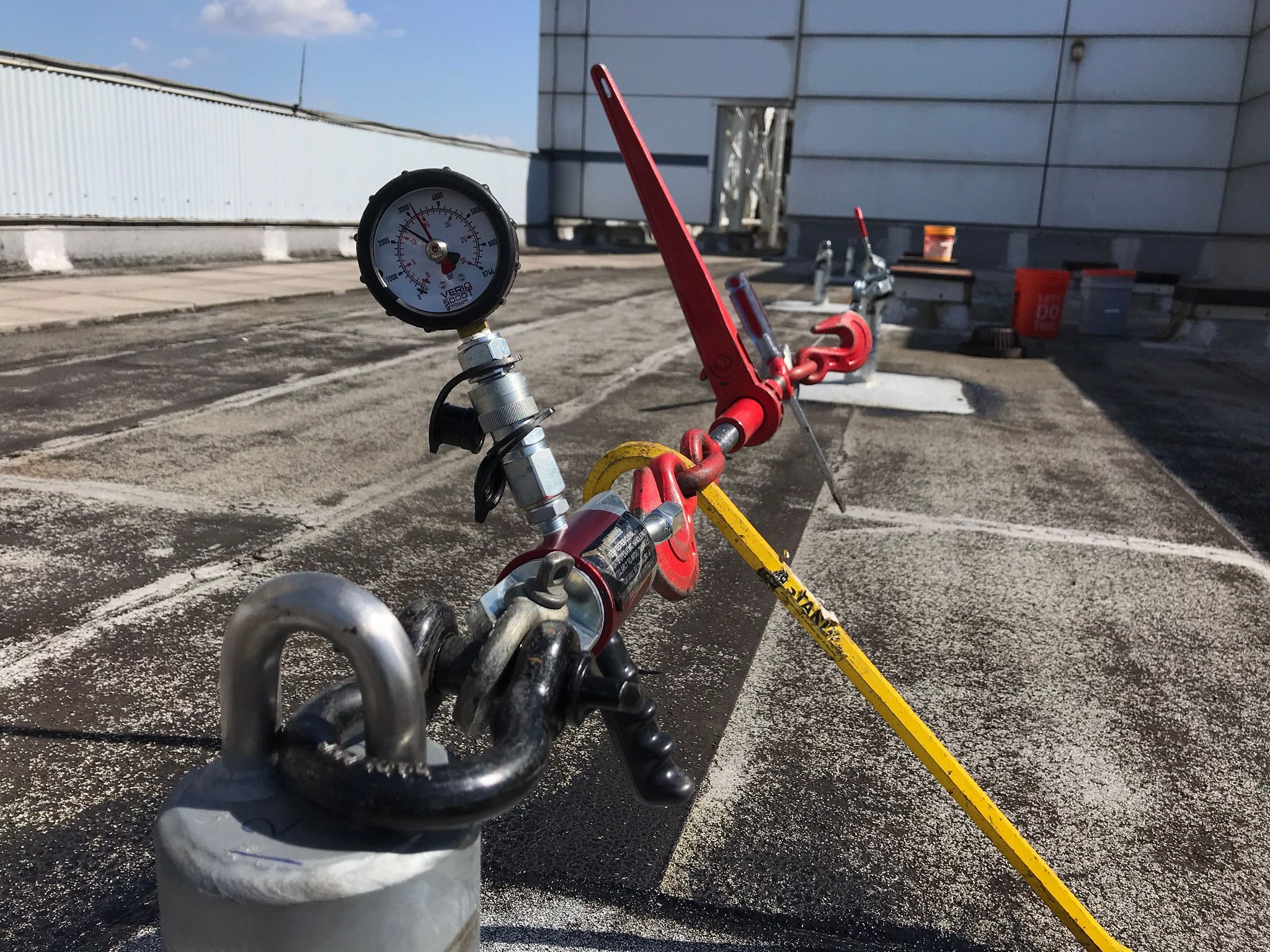General Requirements for All Ladders
-
Employers must ensure ladder rungs, steps or cleats are spaced not less than 10-inches, nor more than 14-inches apart, as measured between the centerlines of the rungs or steps.
-
That ladder rungs, steps or cleats on portable ladders have a minimum clear width of 11.5-inches, and fixed ladders must be at least 16-inches wide between the side rails.
-
Wooden ladders are not coated with any material that may obscure (hide) structural defects.
-
Metal ladders are made of corrosion-resistant material, or they are protected against corrosion.
-
Ensure that ladder surfaces are free of puncture or laceration hazards.
-
Ladders are used only for the purpose which they were designed.
-
Before initial use in each work shift, as well as more frequently as necessary, ladders must be inspected. This is to identify visible defects that could affect the safe use and condition of the ladder and will result in the removal of unsafe and damaged ladders from service, before a worker is hurt.
-
Employers need to ensure to immediately tag ladders with structural or other defects, “DANGER: Do Not Use,” or similar language. Such ladders must be removed from service until proper repairs are made, or they are replaced.
-
Requires that employers ensure workers face the ladder when climbing up or down it.
-
An OSHA added provision states that employers ensure workers use “at least one hand to grasp the ladder at all times when climbing up or down it.” This ensures the worker always maintains “three-point contact”.
-
Lastly, employers must ensure workers climbing ladders, do not carry any objects or loads, that could cause them to lose their balance and fall. They also must ensure workers know what items they can and cannot carry while climbing.
OSHA’s – 1910.23 Portable Ladders
-
Employers must ensure portable ladders are used only on stable and level surfaces, unless they are secured or stabilized to prevent accidental displacement.
-
A new OSHA requirement states that employers ensure a ladder is not moved, shifted, or extended while a worker is on it. This unsafe practice is dangerous to workers, whether it is the worker on the ladder who moves (hops) it, or a worker on the ground who moves the ladder while a worker is still on it.
-
Employers ensure ladders placed in locations where other activities or traffic can displace them (such as doorways or passageways) are secured to prevent accidental displacement, or guarded by a temporary barricade, such as a row of traffic cones or CAUTION tape, to keep activities away from the ladder.
-
Requires that workers place the top of non-self-supporting ladders (a straight or extension portable ladder) so that both side rails are supported.
-
Prohibits placing ladders on boxes, barrels, or other unstable bases, to obtain additional height. Unstable bases also include vehicles, truck flatbeds, scaffolds or stairs.
Other articles OSHAs you should know
OSHA’s – 1910.22 General Requirements
OSHA Recognized 3-Levels of Skill- Work at Height
Important Definitions per OSHA
OSHA’s – 1910.140 Personal Fall Protection Systems
OSHA’s – 1910.29 Fall Protection Systems & Falling Object Protection- Criteria and Practices
OSHA’s – 1910.28 Duty to have Fall Protection & Protection from Falling Objects



